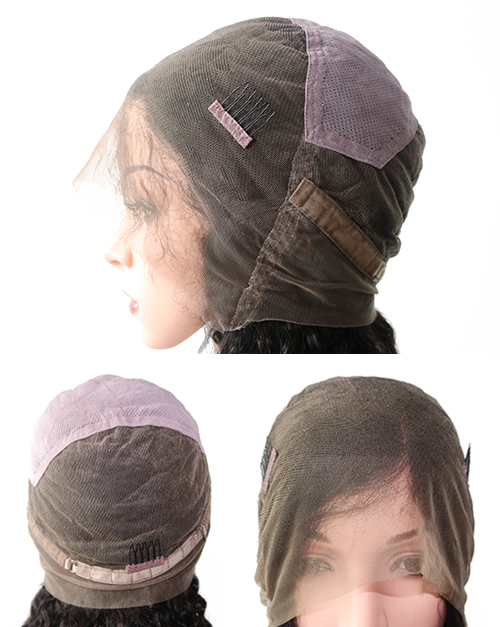When it comes to wigs, we always think of British judges in the first moment.
Naturally their grey, slightly curly “head armed” comes to mind. Thomas Jefferson, the third president of the United States, once said, “(The British judge) is like a mouse hiding under a cotton wool peeping out.” Such a metaphor hurts feelings, but people still wear it tirelessly. The historical tradition does not mean that change can be changed at will.
However, the earliest appearance of wigs was not in Europe, but began with the ancient Egyptians.
As early as the ancient Kingdom of Egypt (2700 BC to 2200 BC), it was common for men and women to wear human hair or wigs made of wool in their heads. Men, in particular, always shaved their hair, shaved their faces, and wore wigs. After that, the ancient Romans were affected and felt pretty good, and they were also keen to wear wigs.
In extremely hot climates, the less human hair, the easier it is to keep clean; in addition, the head cover is an extremely effective means for the residents of the Nile Valley to protect themselves from dangerous sun rays. After the development, it also played a role in improving the status and dignity of the master. In ancient Egypt, pharaohs of all ages appointed officials to oversee the wig maker of the royal family. It seems that this is indeed a sloppy thing, and it is enough to prove the importance of wigs in ancient Egypt.
